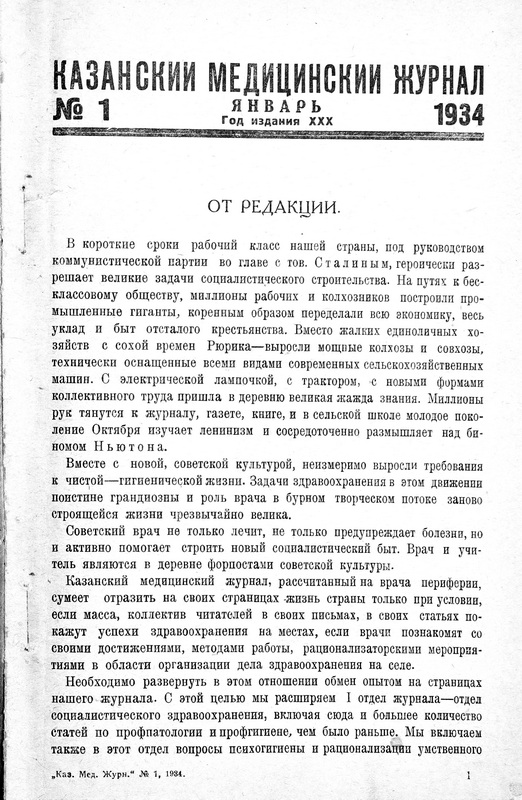Благоприятствует ли появлению neuro-lues‘а лечение арсенобензолом?
- Авторы: Крамов Н.
- Выпуск: Том 30, № 1 (1934)
- Страницы: 111-111
- Раздел: Статьи
- Статья получена: 26.05.2021
- Статья одобрена: 26.05.2021
- Статья опубликована: 14.01.1934
- URL: https://kazanmedjournal.ru/kazanmedj/article/view/71058
- DOI: https://doi.org/10.17816/kazmj71058
- ID: 71058
Цитировать
Полный текст
Аннотация
А.а. изучили 500 случаев neuro-lues’a в дерматологической клинике Мэйо. Из них 361 (72%) никогда не лечились до прихода в клинику; 65 (13%) имели только лечение ртутью и иодом; 59—(12%)—лечение ртутью и недостаточное лечение мышьяком. 15 случаев только (3%) получили лечение арсенобензоловыми препаратами; т. о. в 85% всех случаев арсенобензол не применялся.
Ключевые слова
Полный текст
Regin, Lery. (Pr. Med. 1933, 13). А.а. изучили 500 случаев neuro-lues’a в дерматологической клинике Мэйо. Из них 361 (72%) никогда не лечились до прихода в клинику; 65 (13%) имели только лечение ртутью и иодом; 59—(12%)—лечение ртутью и недостаточное лечение мышьяком. 15 случаев только (3%) получили лечение арсенобензоловыми препаратами; т. о. в 85% всех случаев арсенобензол не применялся.
Среди различных форм neuro-lues’a на 1-м месте tabes, далее dementia paralytica, lues cerebro-spinalis и т. д.
Tabes наблюдался у 45% всех ничем не лечившихся больных, в 57% лечившихся иодом и ртутью, в 32% тех больных, где ртутно-мышьяковое лечение было недостаточно и в 13% больных, лечившихся арсенобензолом.
Тяжелые нервные явления наблюдались у больных, не леченных или недостаточно леченных арсенобензолом.
Лечение арсенобензолом не благоприятствует появлению нервных явлений.
Н. Крамов.
Список литературы
Дополнительные файлы







